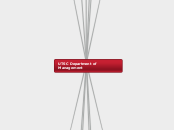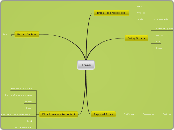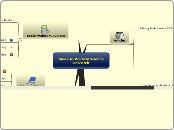by Kim Davis 9 years ago
692
PBL: Buying a Car
Students are introduced to the process of buying a car through a project-based learning approach. The initial phase involves visiting a parking lot to observe and list various car attributes that align with personal preferences and necessities.









